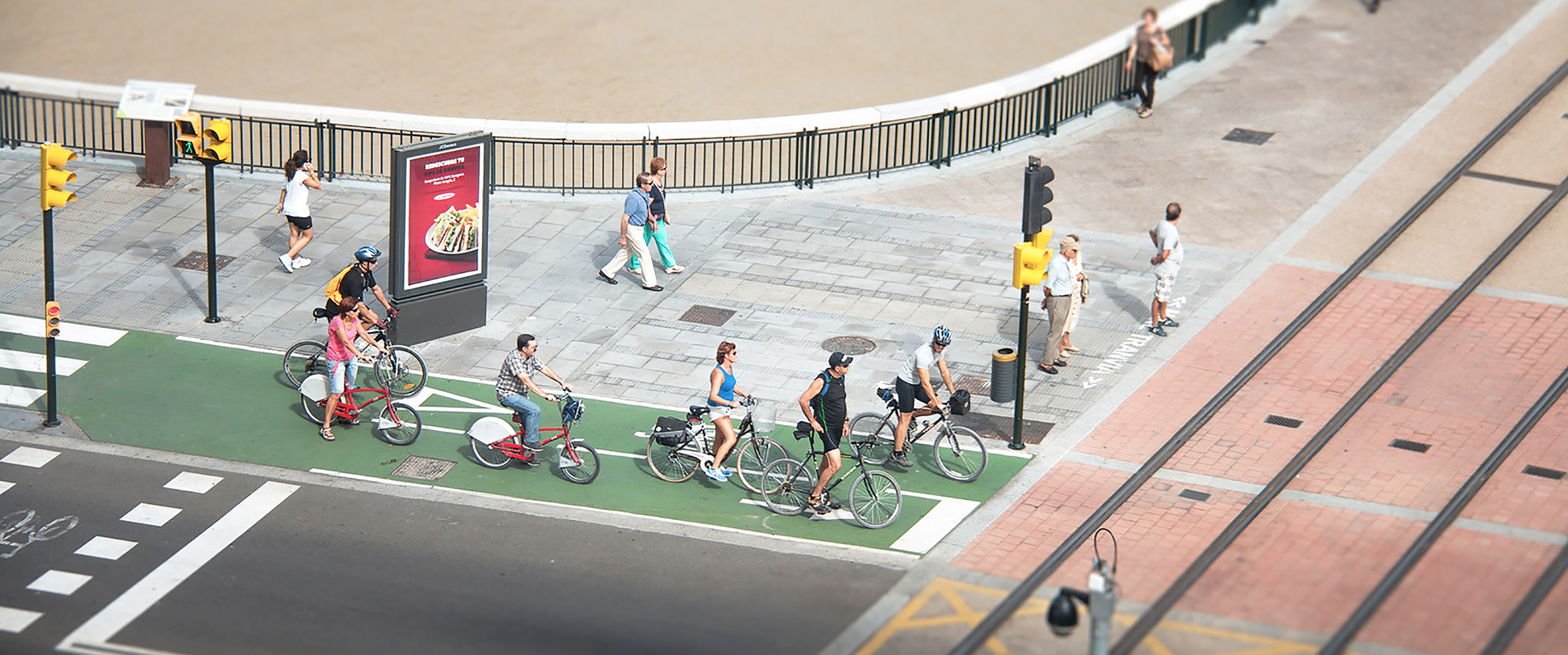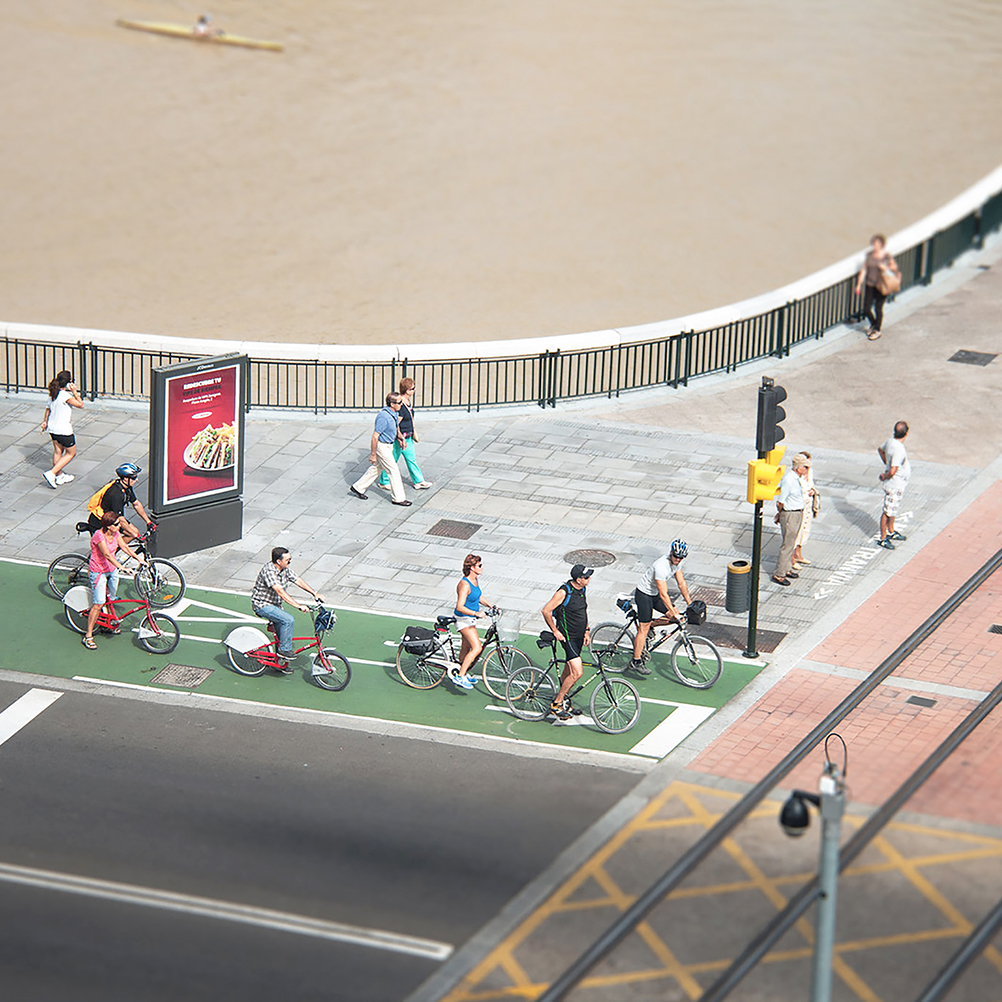Physical Conditions
The physical environment of a city can greatly affect whether people choose cycling over other modes. Hilly cities, like San Francisco or Rio de Janeiro, and cities with high daytime temperatures must take additional steps to ensure cyclist comfort despite these conditions. Similarly, the built environment, such as pedestrian flyovers, stairs, and water crossings create physical barriers for cyclists, requiring them to disembark and carry their bicycles or take a long detour to avoid the impediment.
+ Read MoreCities with land uses that require trips longer than three to five kilometers to reach key destinations can pose difficulties for cyclists. In addition, certain types of trips, particularly those that include carrying goods or traveling with children or the elderly, can be challenging to complete by bicycle regardless of length. In many cities, women tend to cycle less often than men do because the types of trips women make typically require them to carry bags, transport children, or stop at multiple destinations. A traditional bicycle may be more difficult to use for these types of trips.


